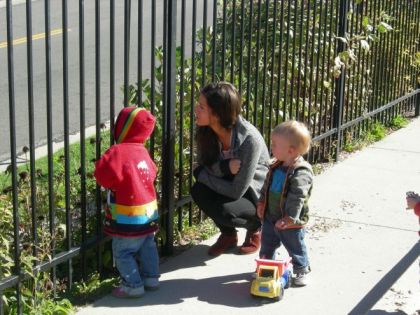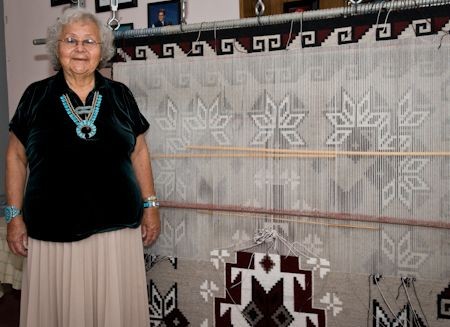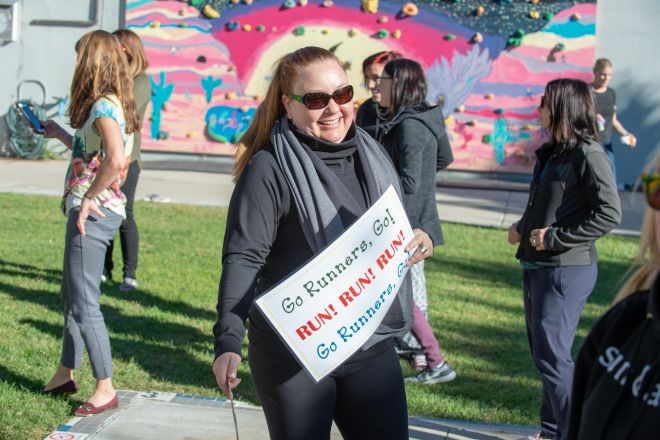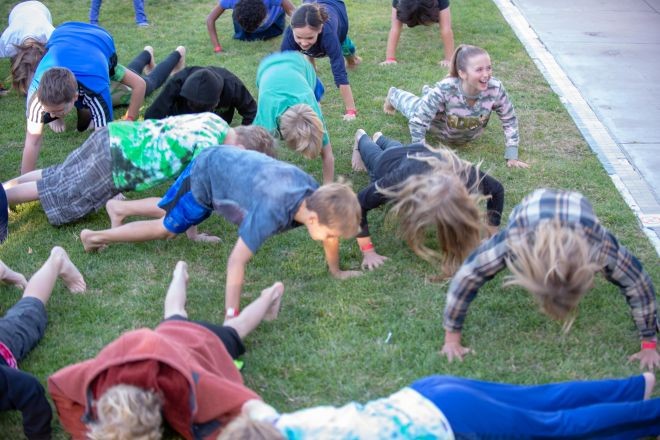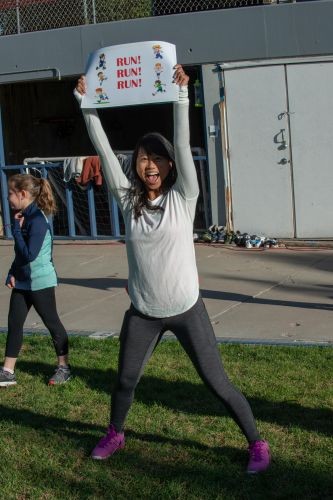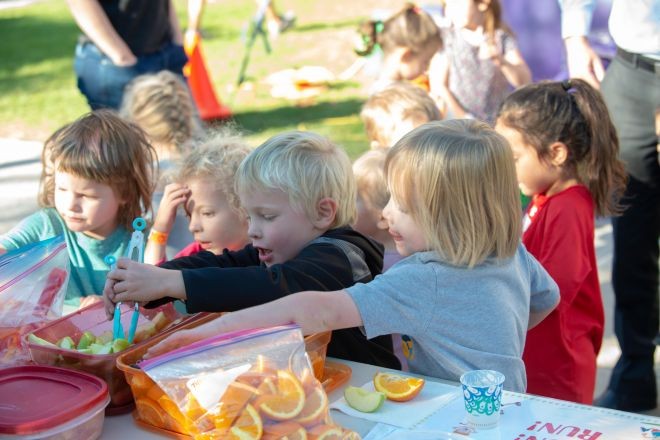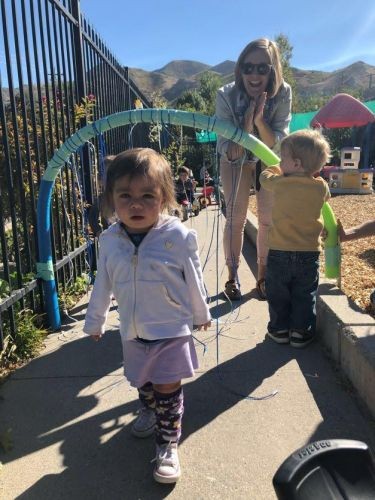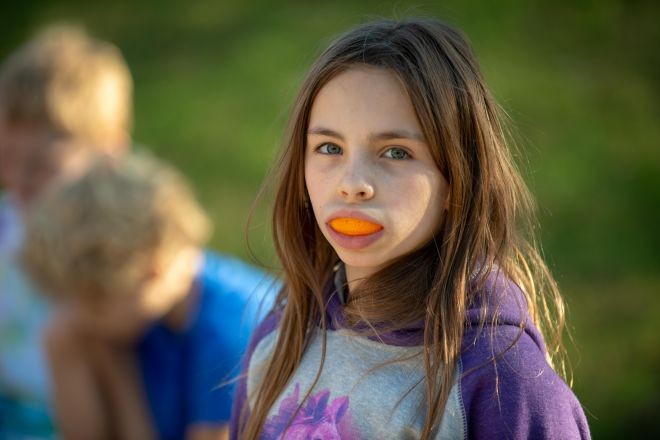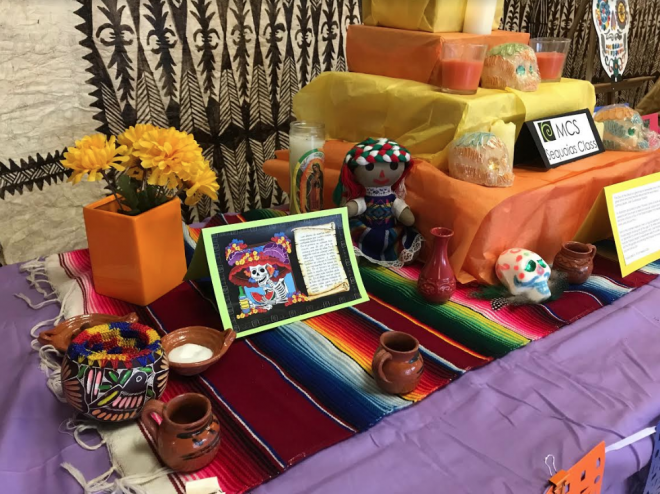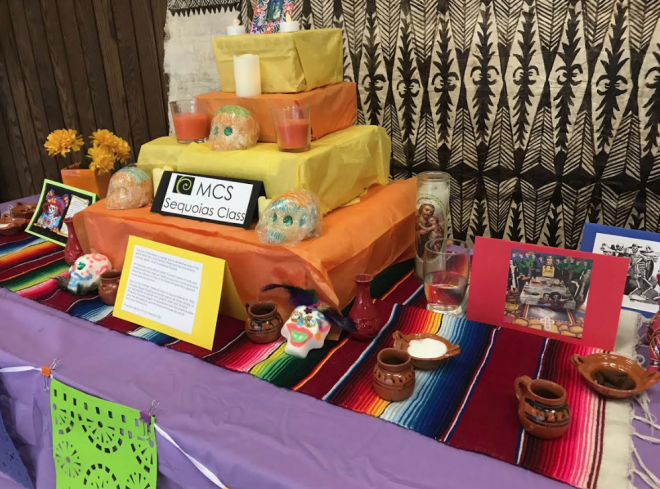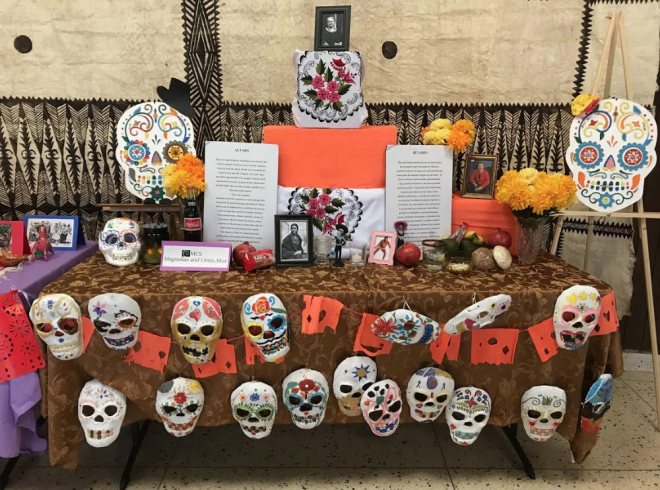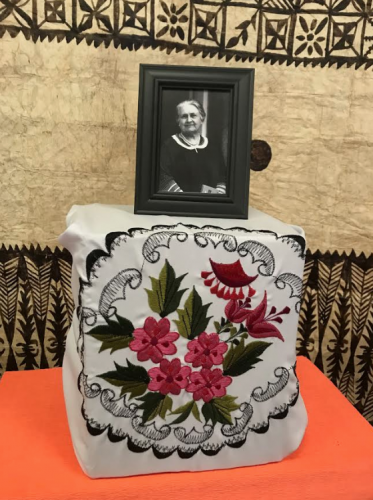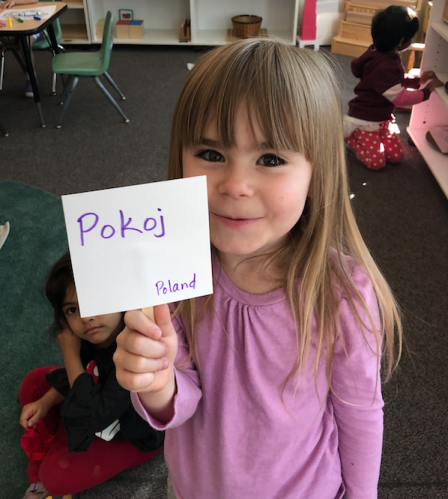“There is No Bad Weather, Only Bad Clothing.”
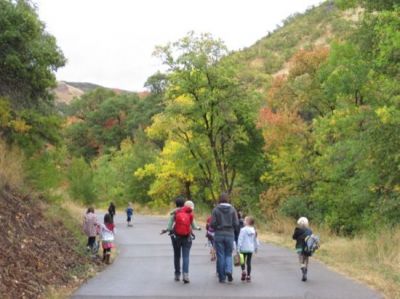
Montessori Community School has always made it a priority to integrate nature into our program. Students are offered a wide variety of opportunities to extend their learning beyond the physical classroom and, in keeping with the Montessori philosophy, students are invited to experience nature as a hands on experience. We love the phrase “there is no such thing as bad weather, only inappropriate clothing.” The Portland Montessori Collaborative posted the following on their website and we are proud to say, “We couldn’t agree more!”
We believe in integrating the outdoor classroom into every child’s experience at school. The outdoor environment is a place for big body play, where we value natural opportunities for children to challenge themselves physically. Children will find compelling reasons to hone large motor skills through joyful interaction with a landscape similar to that found in nature. In the outdoor classroom, open ended and collaborative play are valued, documented, and encouraged. Opportunities to practice practical life skills like woodworking and caring for plants and animals are available. A relationship with the plants and animals that live in our creek side ecosystem is developed through a process of ongoing, child-led/adult fostered investigation. There is dedicated time outside every day, rain or shine. We believe that ‘ there is no bad weather, only bad clothing’, and children come to school well equipped to enjoy their time outside regardless of weather.
Read more from The Portland Montessori Collaborative at pdxmc.org.
